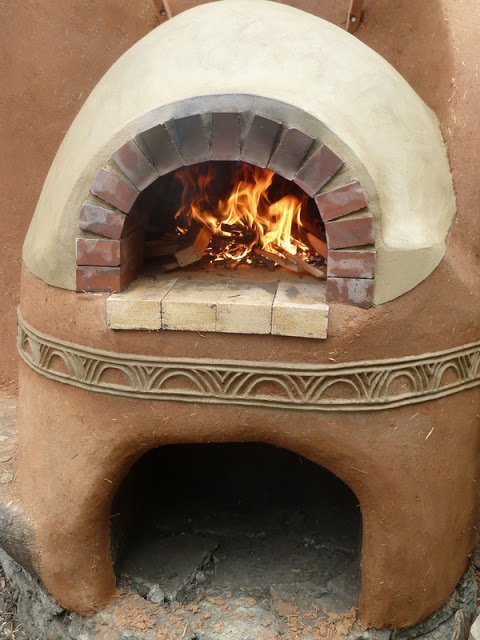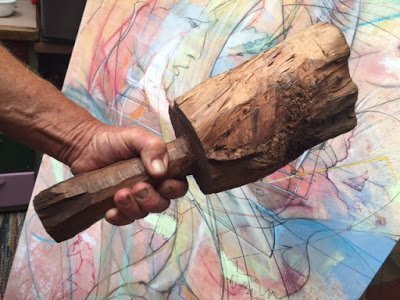Our new book Small Homes: The Right Size is now available at independent bookstores, and Amazon — as well as from us: www.shelterpub.com/building/small-homes
Shameless Commerce Dept. This is, I think, the best building book we’ve ever done. (Yes, I’m sure I’ve said this before, but it keeps reoccurring to me.) Shelter is everyone’s favorite; it captured the times, it inspired thousands of homes. Builders of the Pacific Coast is in some ways, my best book. It’s an odyssey of discovery where the reader rides shotgun with me over a 2-year period. Cohesive and focused.
BUT Small Homes is so useful to so many people in this era of astronomical home prices and rents, that I think it’s hugely important. It offers alternatives to people looking for rentals on Craigslist or homes on Zillow. Here are 65 very different homes, of different materials, in different parts of the world. The idea, as with all our building books is to use your hands to create your own shelter.
Two things I’ve discovered about this book (after seeing the finished product):
- There are a lot of homes out in middle America – Minnesota, Indiana, Missouri, Tennessee, Georgia, North Carolina, more so than in any of our other books.
- It sparkles. Largely due to Rick’s considerable Photoshop skills, a motley assortment of photos from contributors have been rendered in colorful detail. I was stunned when I saw the first book off the press. The photos draw you in.














